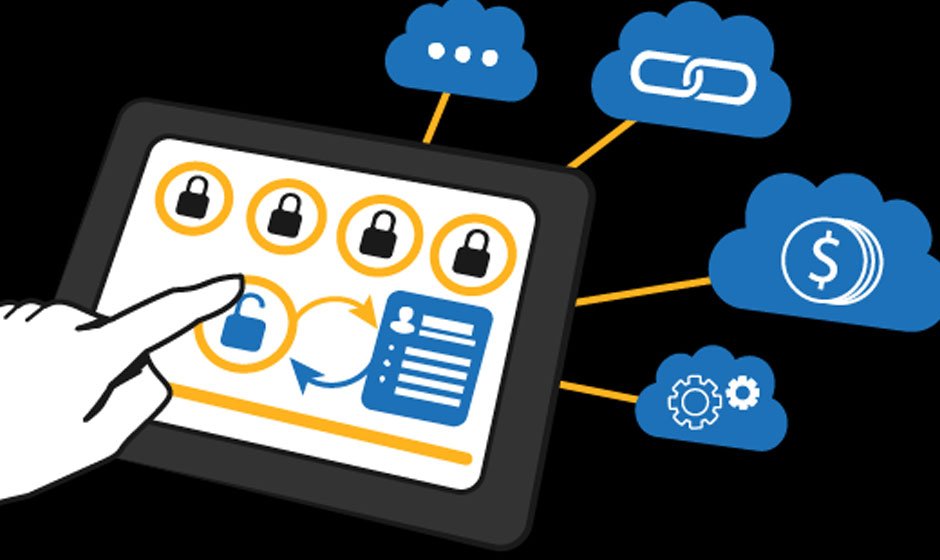Software License Management in Modern Businesses: Navigating the Complexities

In today’s digital age, large corporations are leveraging a plethora of software solutions to drive innovation, increase efficiency, and provide better customer experiences. However, as the number of software tools and platforms used within organizations grows, managing software licenses becomes an increasingly challenging endeavor. A myriad of license types, compliance requirements, and evolving regulations have turned software license management into a complex undertaking, calling for a strategic approach to keep costs in check and avoid potential legal issues.
The Growing Challenge
Historically, businesses would often deploy a limited number of software solutions, making it relatively easy to keep track of licenses. But with the explosion of cloud-based solutions, the emergence of SaaS models, and the increasing importance of software in virtually every industry, companies find themselves juggling countless licenses across different departments.
To shed light on this, consider the data below, embedded in a table format, which outlines the
average number of software solutions used by large corporations over the past decade:
|
Year |
Average Number of Software Solutions Per Large Corporation |
|
2013 |
120 |
| 2014 |
135 |
| 2015 |
150 |
|
2016 |
170 |
| 2017 |
190 |
|
2018 |
215 |
|
2019 |
235 |
|
2020 |
260 |
|
2021 |
290 |
| 2022 |
320 |
The table showcases a consistent upward trend, illustrating the growing reliance on diverse software solutions. Consequently, the number of licenses an enterprise needs to manage has expanded significantly, making traditional manual management methods inefficient and error-prone.
Potential Pitfalls of Poor License Management
Mishandling software licenses can have several adverse consequences for businesses. Non-compliance can lead to hefty fines, damage to the company’s reputation, and disruptions in operations. Besides the legal ramifications, there’s also a financial component: over-purchasing licenses can inflate IT costs, while under-purchasing might hinder employees’ productivity.
Strategies for Effective Software License Management
The challenges are evident, but they aren’t insurmountable. Several best practices can help organizations streamline their software license management:
1. Centralized License Repository
To manage software licenses effectively, businesses should have a single, centralized repository that captures all license information. This repository should be accessible by relevant stakeholders and kept up-to-date. By centralizing this information, organizations can have a clear view of their software assets, making it easier to plan for renewals, identify unused licenses, and ensure compliance.
2. Regular Audits
Conducting regular software audits helps in identifying gaps between the software that’s being used and the licenses owned by the organization. By performing these audits, companies can ensure they’re compliant with their licensing agreements and can make informed decisions about future software purchases.
3. Automated License Management Tools
Several tools are available today that can automate various aspects of software license management, from tracking usage to alerting about upcoming renewals. Investing in a robust license management tool can save time, reduce the risk of non-compliance, and help in optimizing software expenses.
4. Vendor Communication
Establishing clear communication channels with software vendors can be immensely beneficial. By doing so, organizations can stay informed about any changes in licensing terms, potential discounts, and new offerings that might be relevant.
5. Training and Awareness
Ensuring that IT teams and employees are well-informed about software licensing agreements and the importance of compliance can be a preventive measure against unintentional violations. Training sessions, workshops, and regular communication can be instrumental in fostering a culture of compliance.
The Future of Software License Management
Looking ahead, the landscape of software license management is poised to undergo further transformations. With the rise of emerging technologies such as artificial intelligence and blockchain, there’s potential for even smarter and more secure methods of tracking and validating software usage. Additionally, as businesses adopt more flexible and hybrid work models, the way software is accessed and used will continue to evolve. This means companies will need to be agile, continuously adapting their license management strategies to align with changing environments. Forward-thinking organizations will leverage these technological advancements to ensure that they remain at the forefront of compliance, efficiency, and software optimization, turning potential challenges into strategic advantages.
Conclusion
While software license management is becoming more complex for large businesses, with the right strategies and tools, it’s possible to navigate these challenges effectively. Organizations that proactively address this issue will not only avoid potential legal and financial pitfalls but also position themselves to leverage their software assets most advantageously.



